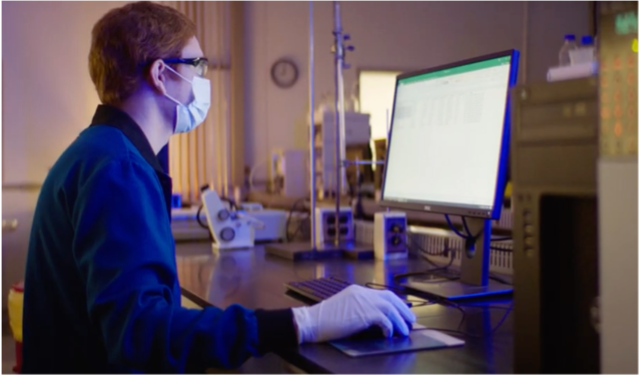Whatever your preconceived notion of autonomous cars are, companies like Tesla and Google are bringing autonomous cars out of the sci-fi world and into a new reality — and just in time.
Studies show that 90 percent of all traffic accidents occur due to driver error. While past advances have helped us make vehicles more safe for drivers, new technology is helping these trailblazers remove the driver altogether.
While countless blogs weigh in on the race to achieve full autonomy in automobiles, we’ll take a quick look under the hood of these amazing feats of engineering.
Sensor central
Some of the technology we see in today’s autonomous vehicles is not that new. Anti-lock brake sensors have been in vehicles since the '80s and ultrasonic wheel sensors have been helping drivers parallel park and avoid accidents for a number of years.
National Tyres and Autocare in the U.K. put together an infographic, however, that illustrates that driverless manufacturers are putting the autonomous pedal to the metal.
In addition to the ultrasonic wheel sensors used in park-assist technology, Google’s autonomous auto has doubled down on front-to-back-to-top lasers and radars. Through this technology, the vehicle is able to see as far as 200 meters and as close as mere centimeters away from the car, all while reacting to external stimuli in a fraction of a second.
The human element
The most basic of driverless sensors help the vehicles identify other vehicles in close proximity. Sensors aboard the new generation of autonomous vehicles, however, are equipped to recognize common traffic signs, people and even human signals.
An autonomous vehicle can recognize both the shape and speed of other stationary and moving structures around it. This means it can both distinguish a four-wheeled vehicle from a two-wheeled vehicle, and tell the difference between a bicycle and a motorcycle. Talk about a smart car.
With all these features and sensors, mechanics might have to be ASE-certified AND have a computer science degree just to work on them.
The most impressive part is not the ingenuity behind each individual sensor, but how these engineers have created a system for them all to work seamlessly together to provide a safe, efficient and quality vehicle that just so happens to drive itself.
Conclusion
Though it feels like the autonomous revolution is very close, there’s much work to be done.
In an open letter to Google and Tesla, Tech Crunch offers several significant obstacles (both physical and ethical) standing in the way of a completely autonomous society.
But as long as we can help make the roads safer for riders and pedestrians alike, the pursuit is well worth it.
Check out some of our technology you might see underneath the hood of these autonomous wonders in the near future.





Subscribe to Our Blog